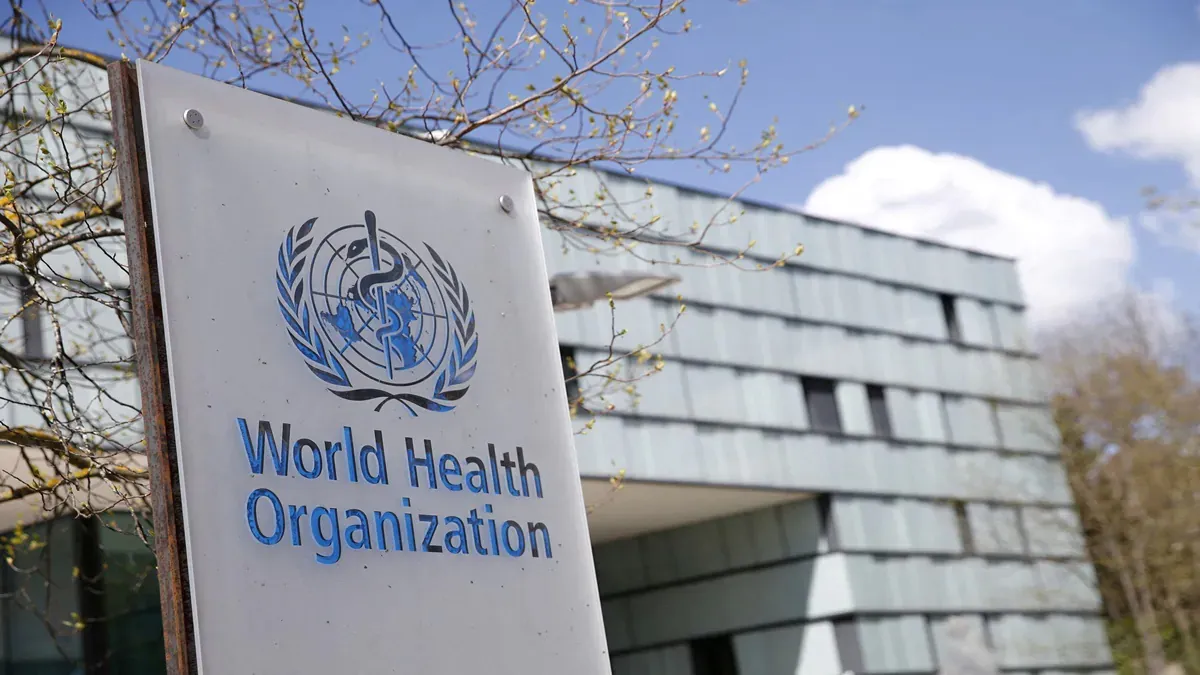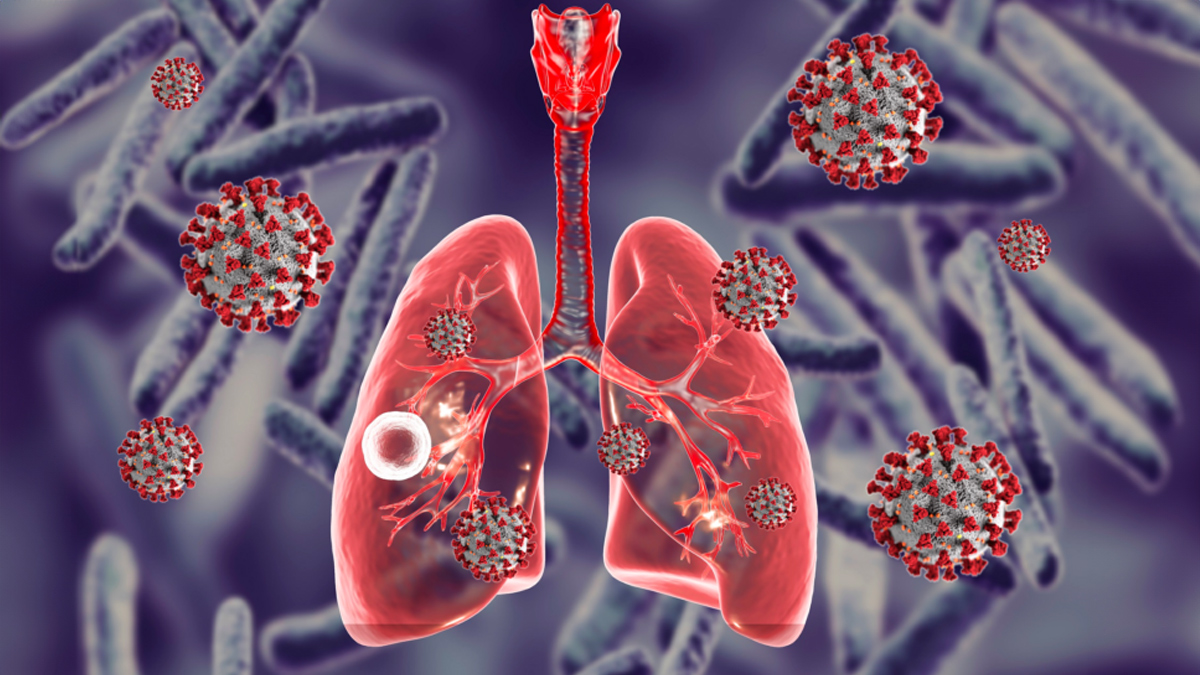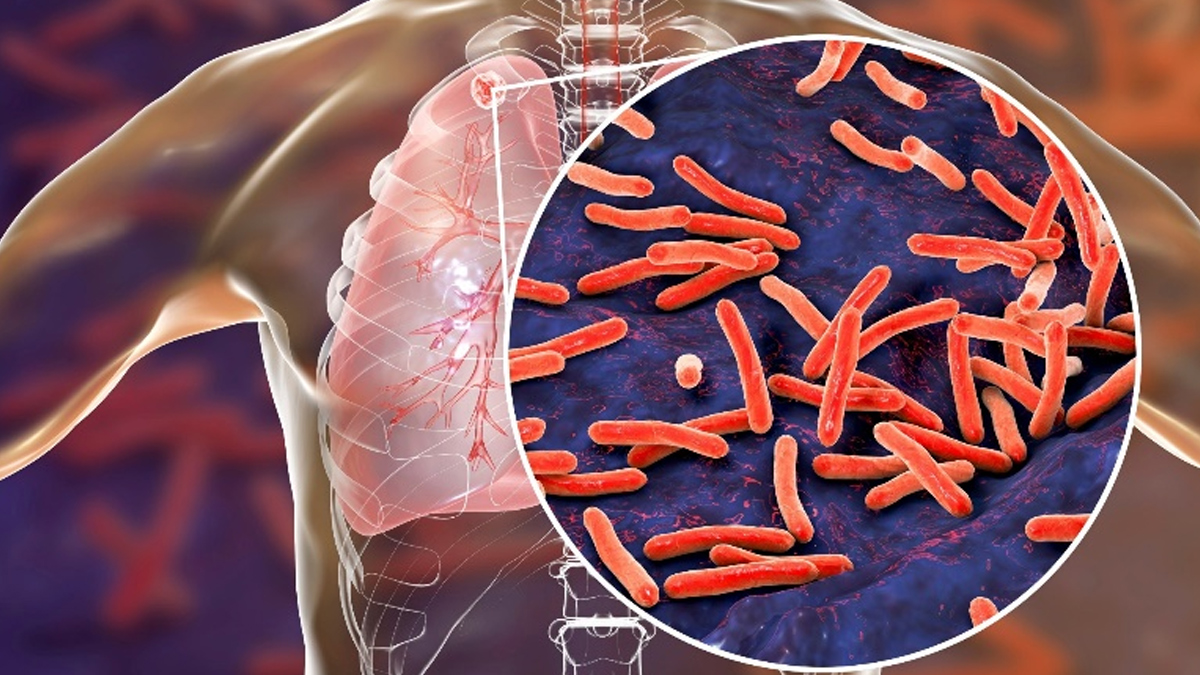
The World Health Organization (WHO) has raised an alarming concern about a potential surge in tuberculosis (TB) cases globally following significant funding cuts from the United States Agency for International Development (USAID). The organization fears that these budgetary cutbacks could have devastating consequences, especially in countries heavily reliant on international aid for TB prevention, testing, and treatment.
Table of Content:-
Looming Global Health Crisis
According to WHO, the abrupt reduction in funding could put millions of lives at risk as TB continues to be one of the deadliest infectious diseases in the world. Dr. Tereza Kasaeva, director of WHO’s Global Programme on TB and Lung Health, warned, “Without immediate action, hard-won progress in the fight against TB is at risk.” This setback could potentially reverse years of progress made in combating the disease.
Tuberculosis is an airborne bacterial infection that predominantly affects the lungs. WHO reported that in 2024 alone, approximately 1.25 million people died from TB, while around 8.2 million new cases were recorded. The numbers are projected to rise if immediate actions are not taken.

Impact of USAID Funding Cuts
USAID has been a significant contributor to global TB programs, providing nearly $250 million annually to support prevention, testing, and treatment in 24 countries. The recent funding cuts have resulted in critical disruptions in medical supplies, laboratory services, and surveillance systems essential for tracking and treating TB cases.
Also Read: Donald Trump Halts USAID—What It Means for India’s Healthcare Sector
The WHO highlighted that these funding shortages have led to broken supply chains of TB medications in several low- and middle-income countries. Additionally, laboratory services that are crucial for accurate diagnosis and treatment have been severely disrupted. The organization also noted that research trials aimed at improving TB treatment are now on hold, further stalling global progress.
In countries like Uganda, where the TB burden is high, the inability to pay community health workers has negatively impacted patient notifications, treatment follow-ups, and contact screening. This has resulted in a surge of new TB infections and preventable deaths.

Rising TB Cases in the US
Surprisingly, the impact of the funding cuts is not limited to developing countries. According to the Centers for Disease Control and Prevention (CDC), TB cases in the US have also risen sharply. Data shows that nearly 10,000 cases were reported in 2020, reflecting a 16% increase since 2019. A major TB outbreak in Kansas earlier this year resulted in 68 active cases since January 2024, signaling the growing threat of the disease within the US itself.
This resurgence is reminiscent of the 1985-1992 period when TB cases spiked in the US due to weakened control programs and rising global infections. Experts now fear a similar pattern may emerge if funding shortages persist.
Also Read: Delhi Battles Worst H1N1 Swine Flu Outbreak In Years; Here’s How To Stay Safe
How Does Tuberculosis Affect The Body?
Tuberculosis primarily affects the lungs but can also target other body parts such as the spine, brain, and kidneys. It is mainly transmitted through airborne particles when an infected person coughs, sneezes, or talks. There are two types of TB infections:
- Active TB – This is when the infection is active in the body and causes symptoms like a persistent cough, chest pain, and weight loss.
- Latent TB – In this stage, the bacteria remain dormant without showing any symptoms. However, it can become active if the immune system weakens, putting the person at risk.

Symptoms of Active Tuberculosis
Some of the most common signs of active TB include:
- Persistent cough lasting more than two weeks
- Chest pain
- Coughing up blood
- Fatigue and weakness
- Loss of appetite and weight loss
- Fever, chills, and night sweats
Addressing The Global TB Crisis
WHO has urged global leaders to take immediate action to prevent a global health catastrophe. Restoring funding for TB prevention and treatment programs is crucial to control the surge of cases. Governments, health organizations, and donors must collaborate to ensure the consistent availability of TB medications, diagnostic services, and community outreach programs.
The funding cuts from USAID have left vulnerable populations in Africa, Asia, and Latin America at heightened risk of infection. With the supply chains breaking down and community health workers unpaid, there is a pressing need for international intervention to stabilize TB prevention efforts.
Bottomline
The WHO’s warning serves as a stark reminder of the fragility of global health infrastructure. With TB cases already rising and critical funding halted, the world faces a potential setback in eliminating this deadly disease. Immediate measures are needed to reinstate funding, protect supply chains, and strengthen TB treatment and surveillance systems worldwide.
The battle against tuberculosis requires a global commitment. Without it, millions of lives could be at stake, and years of progress in controlling the disease could be undone.
Also watch this video
How we keep this article up to date:
We work with experts and keep a close eye on the latest in health and wellness. Whenever there is a new research or helpful information, we update our articles with accurate and useful advice.
Current Version